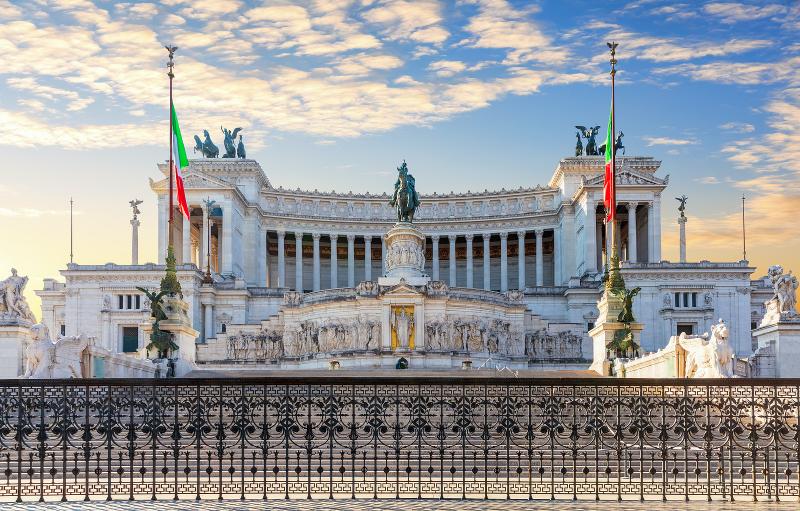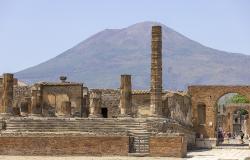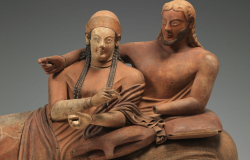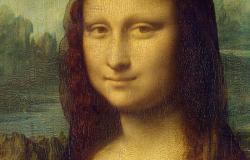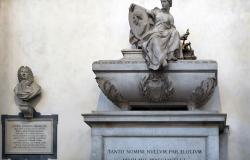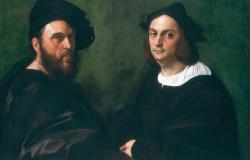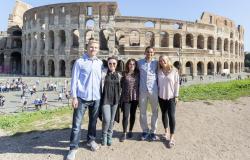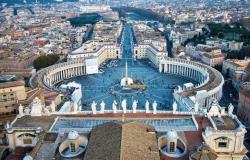Every year on March 17, Italy celebrates the anniversary of the Unification of Italy — in other words, when Italy as a modern nation-state was born.
On March 17, 1861, Victor Emmanuel II of Savoy, King of Sardinia and Piedmont, and one of the main promoters of the Italian independence movement, became the first King of Italy.
Even though the unification of Italy was (almost) completed — Veneto was still under the Hapsburg Empire, as were Trento and Trieste, while Lazio was governed by the Pope, who did not want to recognize the Italian state — the Italians of the Risorgimento had not yet formed a national identity. Of the 23 million inhabitants in the Italian peninsula in 1861, fewer than two million spoke Italian. A Sicilian and a Piedmontese wouldn't have been able to converse with each other; 78% of people could neither read nor write.
The idea of Italy as a nation — a people, a territory and a language — was the result of a slow process, one initiated by an intellectual elite convinced that an Italic lineage and nation existed, and that the national identity was to be found in a common history. If Rome had unified the Italic peoples in the 1st century BCE, the cities of the Middle Ages and the Renaissance, while politically divided, were united by a dense network of trade and exchanges. In addition, the Italians — according to patriots and elites — had common roots in Greco-Roman antiquity, in the literary language (widespread from the 13th century, with variations from north to south), and in the arts, envied by all of Europe. In other words, they were united by culture; given that the papacy ruled the Italian peninsula for a long time, the Church, too, could be considered an element of the Italian culture.
In 1861, however, most of those who lived within the geographical borders of Italy primarily identified with being Neapolitan, Piedmontese, Roman, Sicilian, and so forth.
After 1861, several factors contributed to the creation of a national identity. Compulsory education was chief among them, since it made Italian a common language for a large segment of the population and helped spread the idea of a national history. Other factors included public rites and festivals, celebratory figures whose legacies were calcified in the popular imagination, the army and three more wars (Italy was fully unified at the end of World War I).
The process of a national identity continued well into the 20th century. The Italian sense of belonging was consolidated further after World War II, thanks to new media like television in the 1950s and ‘60s, sports — in particular, calcio or soccer, and cycling — and, of course, culinary pride.
